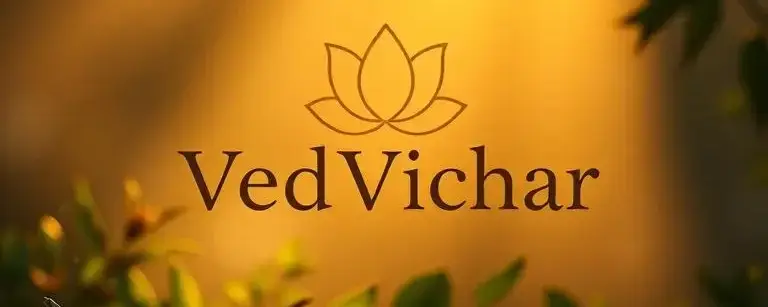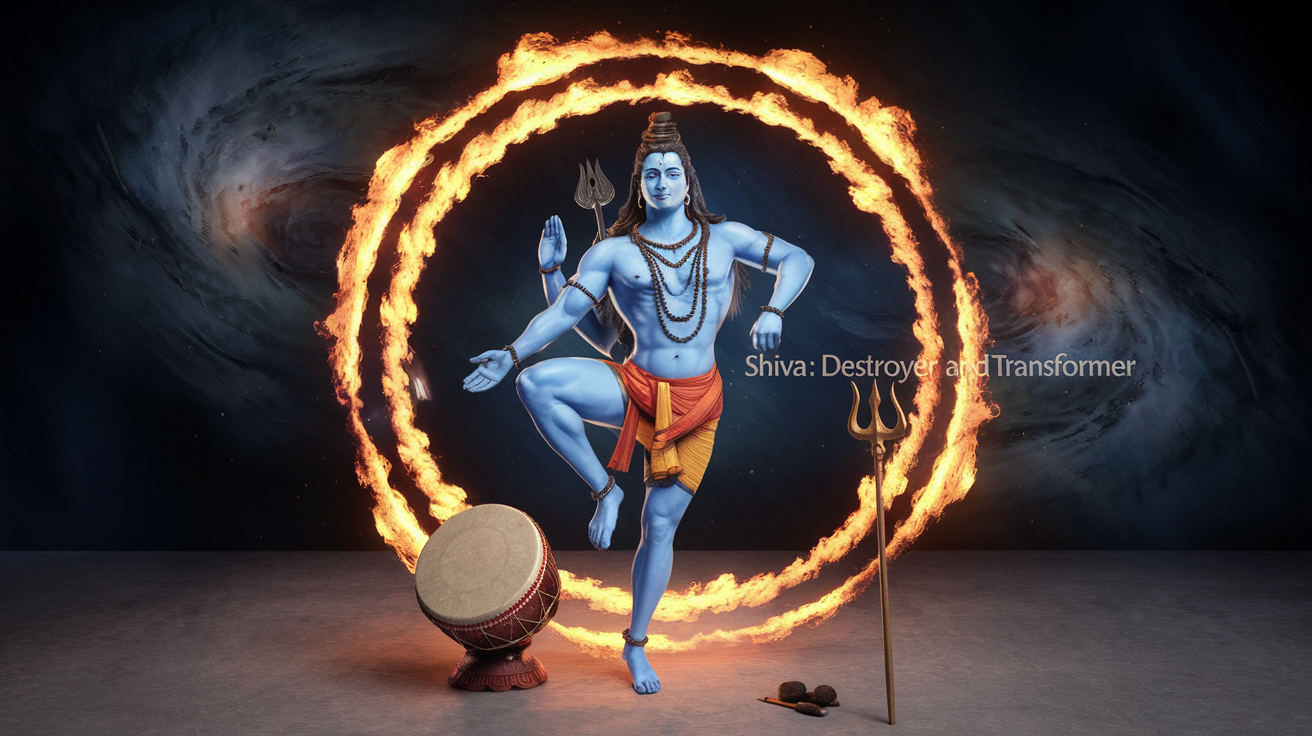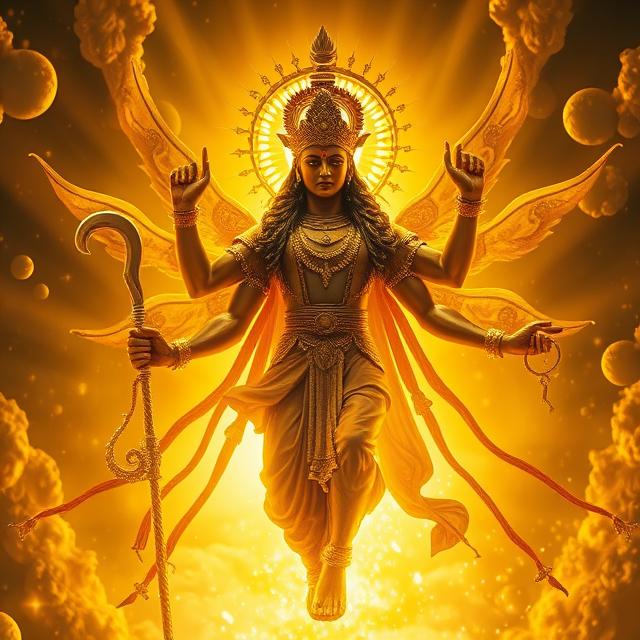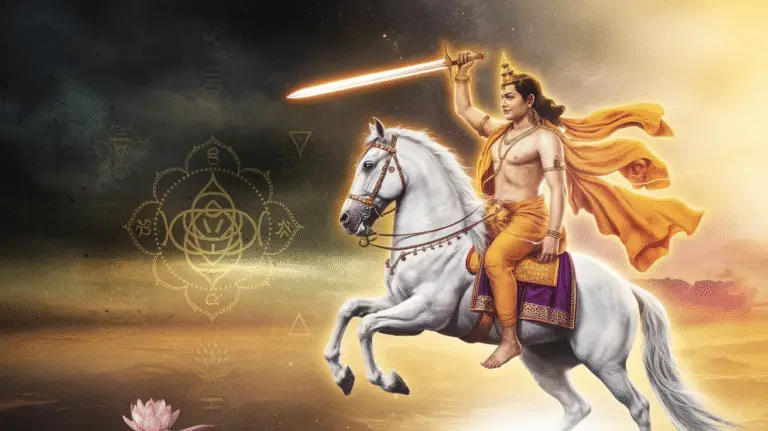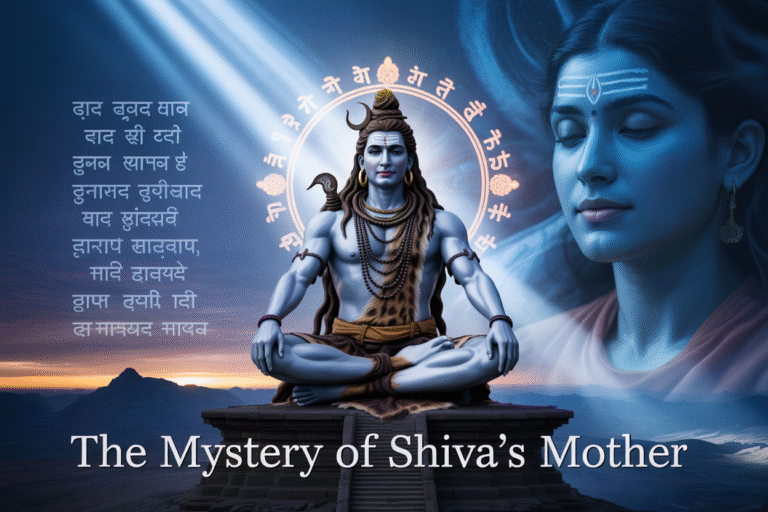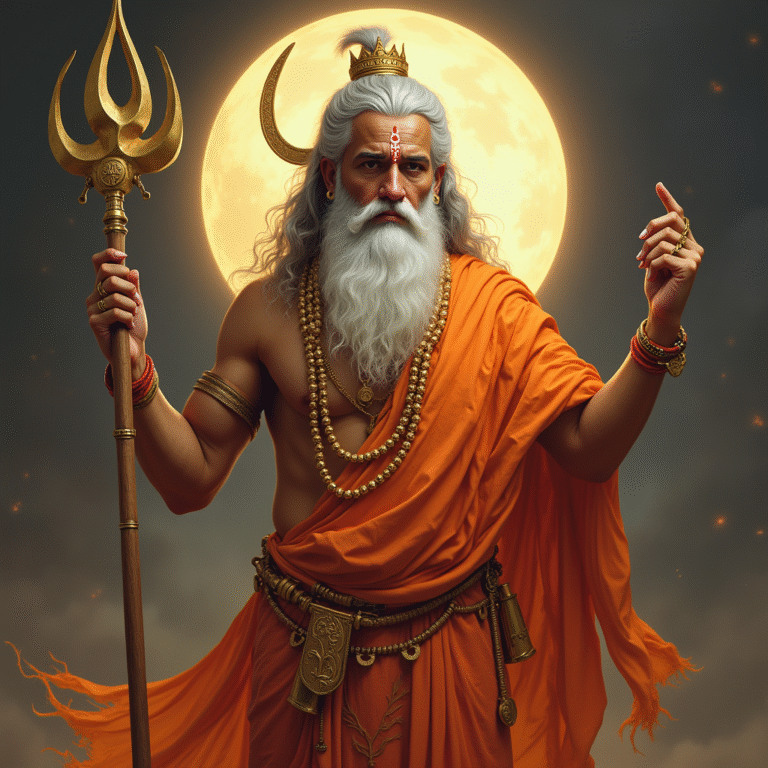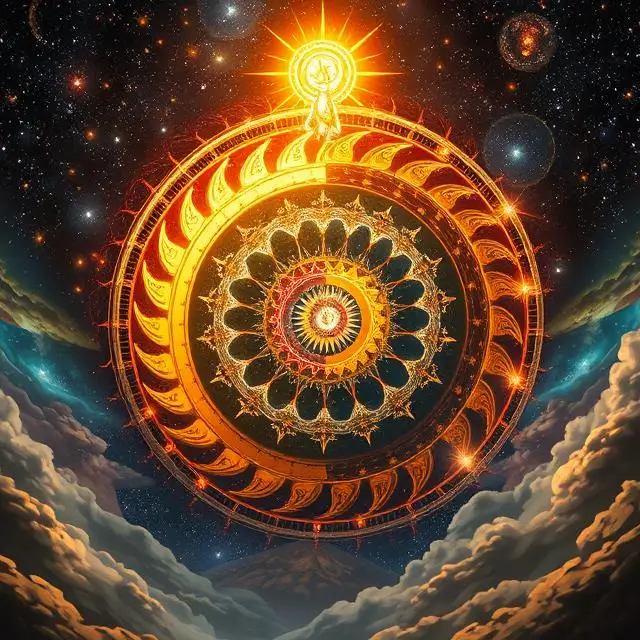Shiva: The Destroyer or the Transformer? A New Perspective
Have you ever wondered why destruction is often seen as a negative force? 🤔 What if we told you that destruction could be the key to transformation and growth? Enter Shiva, the enigmatic Hindu deity known as both the Destroyer and the Transformer.
For centuries, Shiva has been revered and feared for his destructive power. But what if we’ve been looking at it all wrong? 🌟 What if Shiva’s role as the Destroyer is actually a misunderstood blessing in disguise? In this blog post, we’ll explore a new perspective on Shiva that challenges our traditional understanding of destruction and transformation.
Join us as we delve into the dual nature of Shiva, unravel the mysteries behind his destructive force, and discover how it can be reframed as a transformative power. We’ll explore how this ancient wisdom can be applied to modern life, offering insights that could revolutionize the way you view change and personal growth. Are you ready to transform your perspective? Let’s begin our journey into the world of Shiva! 🕉️
Understanding Shiva’s Dual Nature
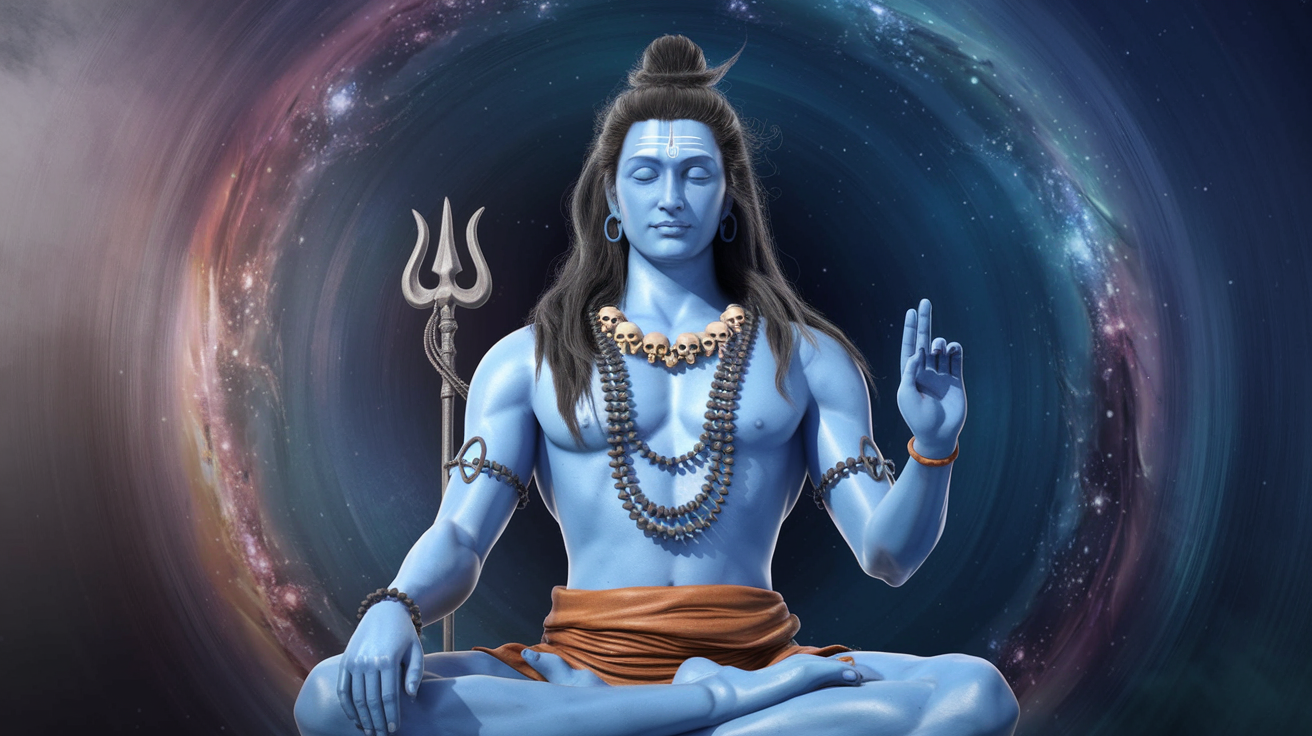
A. The concept of destruction in Hindu philosophy
In Hindu philosophy, destruction is not viewed as a purely negative force, but rather as an essential part of the cosmic cycle. This concept is embodied in the principle of “Trimurti,” which represents the three primary aspects of the divine:
- Brahma (Creation)
- Vishnu (Preservation)
- Shiva (Destruction/Transformation)
The cyclical nature of existence in Hinduism can be understood through the following table:
| Stage | Deity | Function |
|---|---|---|
| Creation | Brahma | Brings forth new life and forms |
| Preservation | Vishnu | Maintains and sustains existing order |
| Destruction | Shiva | Dissolves outdated structures |
Destruction, in this context, is seen as a necessary precursor to renewal and growth. It clears the way for new beginnings and allows for the evolution of the universe.
B. Transformation as a positive force
Transformation, closely linked to destruction in Hindu philosophy, is viewed as a positive and necessary process. It involves:
- Shedding old patterns
- Embracing change
- Evolving to higher states of consciousness
This transformative aspect of Shiva’s nature is reflected in various aspects of Hindu spiritual practices, such as:
- Yoga and meditation
- Self-reflection and introspection
- Rituals and ceremonies
C. Balancing opposing forces in Shiva’s symbolism
Shiva’s iconography and symbolism vividly illustrate the balance between opposing forces. Key elements include:
- The Damaru (drum): Represents creation
- The Trishula (trident): Symbolizes destruction
- The third eye: Denotes wisdom and insight
- The snake around his neck: Signifies energy and transformation
This intricate symbolism showcases Shiva’s role in maintaining cosmic equilibrium. By embodying both creative and destructive forces, Shiva represents the eternal cycle of birth, death, and rebirth that is central to Hindu philosophy. Understanding this dual nature is crucial for grasping the deeper meaning behind Shiva’s portrayal in Hindu mythology and its relevance to modern spiritual practices.
Shiva as the Destroyer
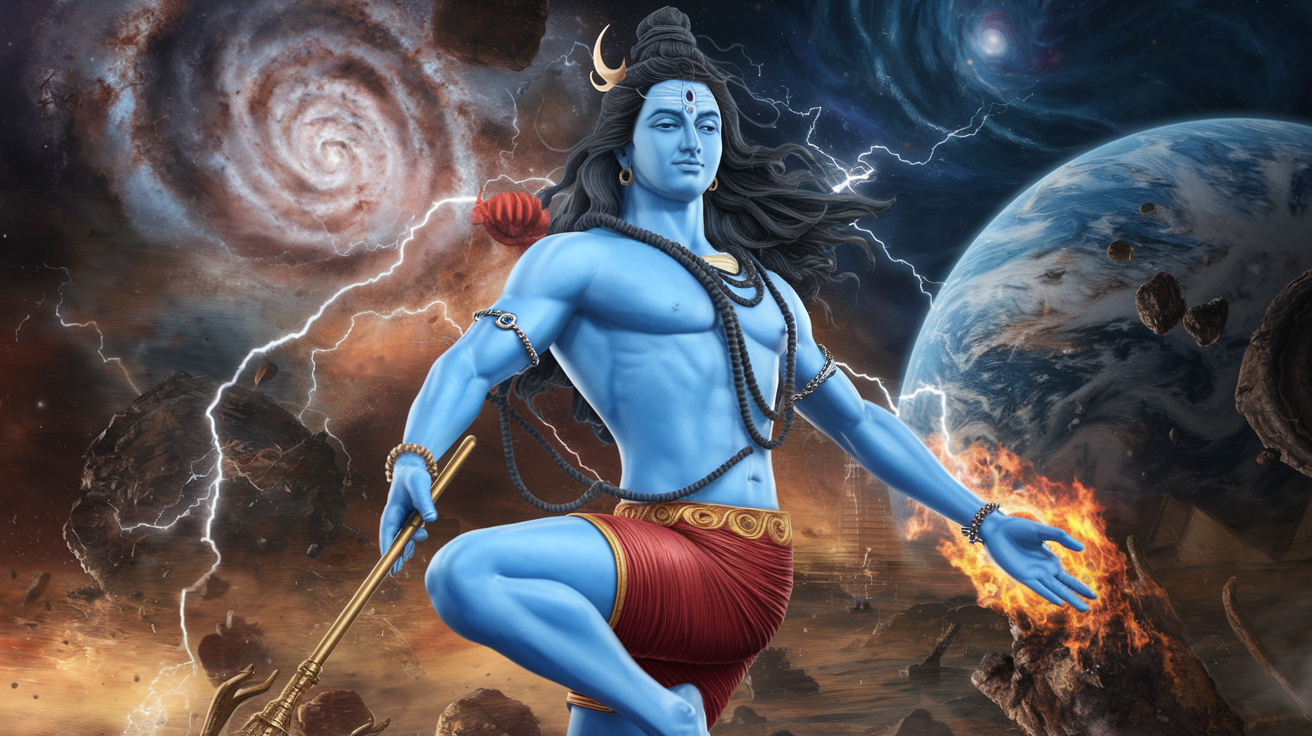
Mythology surrounding Shiva’s destructive powers
In Hindu mythology, Shiva’s destructive powers are both awe-inspiring and terrifying. The Tandava, Shiva’s cosmic dance of destruction, symbolizes the cyclical nature of creation, preservation, and dissolution. According to ancient texts, Shiva’s third eye, when opened, can incinerate anything in its path, including entire universes.
The role of destruction in cosmic cycles
Destruction plays a crucial role in the cosmic cycle, as illustrated in this table:
| Cycle Stage | Deity | Function |
|---|---|---|
| Creation | Brahma | Brings forth existence |
| Preservation | Vishnu | Maintains balance |
| Destruction | Shiva | Ends obsolete forms |
Shiva’s destructive aspect is essential for renewal and evolution. Without destruction, there can be no space for new creation, highlighting the interconnectedness of all cosmic processes.
Shiva’s destructive aspects in art and iconography
Shiva’s destructive nature is vividly portrayed in Hindu art and iconography:
- Nataraja form: Dancing figure surrounded by a ring of fire
- Rudra aspect: Fierce, wrathful appearance with multiple arms
- Trisula (trident): Symbolizes his power over creation, preservation, and destruction
- Damaru (drum): Represents the sound of cosmic dissolution
Psychological interpretations of Shiva’s destructive nature
Psychologically, Shiva’s destructive aspect can be seen as:
- A metaphor for overcoming ego and attachments
- The necessary dismantling of outdated beliefs and behaviors
- A catalyst for personal growth and transformation
- The embodiment of facing fears and embracing change
Understanding Shiva’s destructive nature provides insight into the transformative power of letting go and embracing change. This perspective sets the stage for exploring Shiva’s role as a transformer, which we’ll delve into next.
Shiva as the Transformer
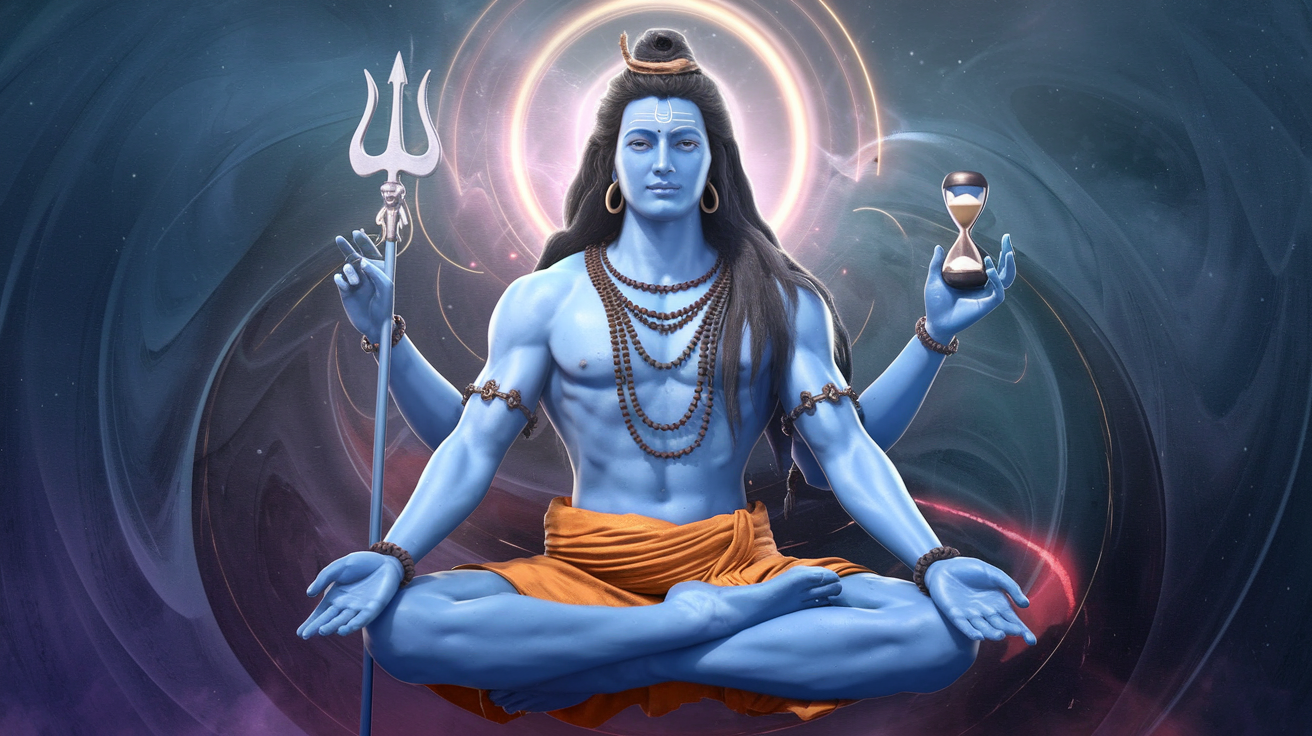
The transformative power of destruction
Destruction, often viewed negatively, can be a powerful catalyst for positive change. Shiva’s role as a transformer highlights this paradox. By breaking down old structures, Shiva creates space for new growth and evolution. This concept is reflected in nature, where forest fires clear the way for new vegetation, or in personal growth, where letting go of outdated beliefs allows for fresh perspectives.
| Aspect of Destruction | Transformative Outcome |
|---|---|
| Physical breakdown | Material renewal |
| Emotional release | Psychological healing |
| Intellectual challenge | Expanded consciousness |
Shiva’s role in personal growth and spiritual evolution
Shiva’s transformative power extends to individual spiritual journeys. By embracing Shiva’s energy, practitioners can:
- Identify and release limiting beliefs
- Cultivate inner strength and resilience
- Deepen their connection to the divine
This process of self-transformation aligns with many modern therapeutic approaches, emphasizing the importance of confronting and integrating one’s shadow aspects for holistic growth.
The dance of Shiva: Nataraja and cosmic transformation
The iconic image of Shiva as Nataraja, the cosmic dancer, symbolizes the continuous cycle of creation, preservation, and dissolution. Each element of the Nataraja form represents a facet of transformation:
- The drum in his upper right hand signifies creation
- The flame in his upper left hand represents destruction
- The lower right hand, in the abhaya mudra, offers protection
- The lower left hand points to the lifted foot, symbolizing liberation
This dance encapsulates the essence of Shiva as a transformer, orchestrating the cosmic rhythm of change and renewal. Understanding this symbolism can provide profound insights into the nature of existence and our place within it.
Reframing Destruction as Transformation
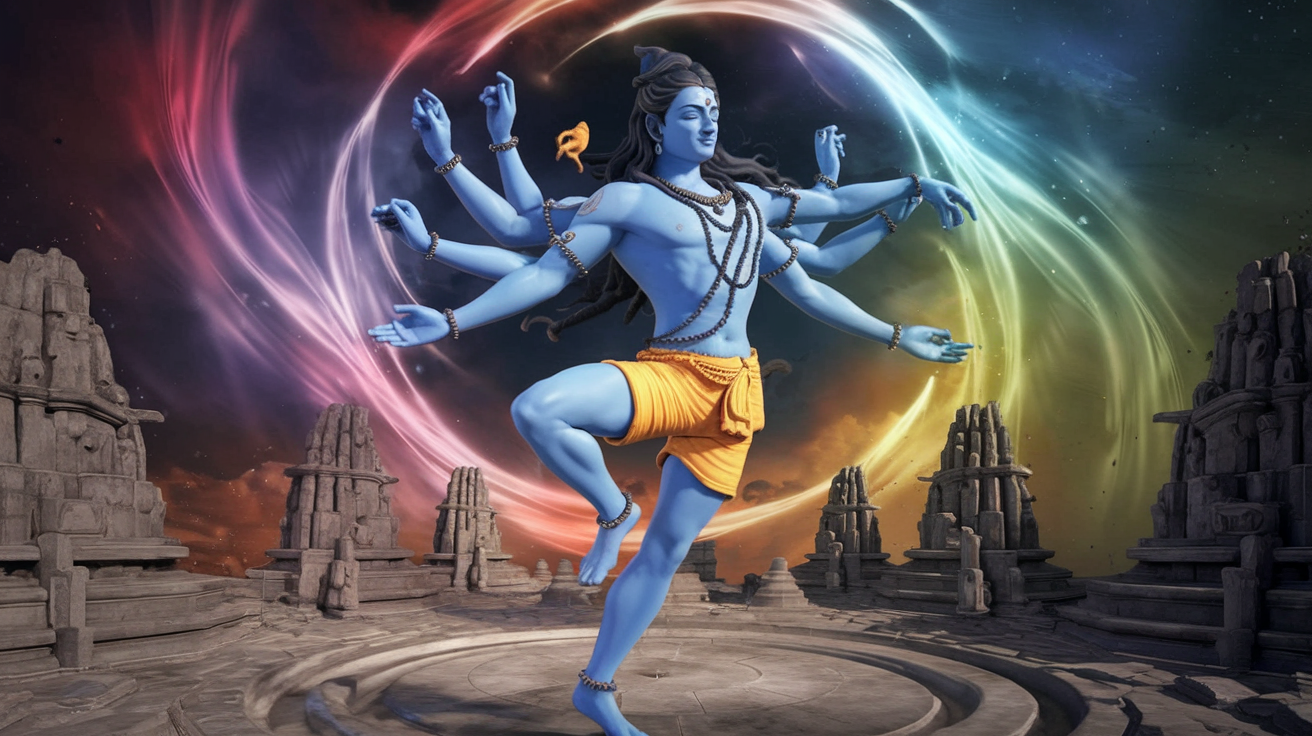
Shifting perspectives on change and loss
To truly understand Shiva’s transformative power, we must reframe our perception of destruction. Change and loss are often viewed negatively, but they can be catalysts for growth and renewal. Consider the following perspectives:
| Traditional View | Transformative View |
|---|---|
| Loss is painful | Loss creates space for new opportunities |
| Change is disruptive | Change is a chance for improvement |
| Destruction is final | Destruction paves the way for creation |
By shifting our mindset, we can see that what appears destructive often leads to positive transformation.
Embracing transformation in daily life
Incorporating Shiva’s transformative energy into our daily lives can lead to personal growth and resilience. Here are some ways to embrace change:
- Practice mindfulness to observe changes without judgment
- Celebrate small transformations in your routine
- Let go of outdated beliefs or habits
- Seek out new experiences and challenges
Lessons from Shiva for personal development
Shiva’s symbolism offers valuable insights for self-improvement:
- Meditation: Like Shiva’s deep meditation, cultivate inner stillness to gain clarity
- The third eye: Develop intuition and self-awareness
- The snake around Shiva’s neck: Learn to control and channel your energy effectively
- The drum: Embrace the rhythm of life’s changes
By applying these lessons, we can harness Shiva’s transformative power in our own lives, turning obstacles into opportunities for growth. As we explore this perspective, we’ll see how Shiva’s principles can be applied in modern contexts, offering practical solutions to contemporary challenges.
Modern Applications of Shiva’s Transformative Power

Shiva’s philosophy in business and innovation
In the modern business world, Shiva’s transformative power finds resonance in disruptive innovation and creative destruction. Companies that embrace change and are willing to destroy outdated models often emerge as industry leaders. Here’s how Shiva’s philosophy applies to business:
| Shiva’s Aspect | Business Application |
|---|---|
| Destruction | Eliminating outdated processes |
| Transformation | Implementing new technologies |
| Creation | Developing innovative products |
Environmental perspectives: destruction for renewal
Shiva’s role as both destroyer and transformer is mirrored in nature’s cycles of destruction and renewal. This concept is increasingly relevant in environmental conservation:
- Controlled burns in forests to promote new growth
- Demolishing old structures to create eco-friendly buildings
- Restoring polluted ecosystems through radical interventions
Psychological healing through transformative practices
Shiva’s transformative power can be applied to personal growth and mental health. Many therapeutic approaches involve breaking down harmful thought patterns to create space for positive change:
- Cognitive Behavioral Therapy (CBT)
- Mindfulness meditation
- Shadow work in Jungian psychology
Artistic expressions inspired by Shiva’s dual nature
Artists across various mediums draw inspiration from Shiva’s complex symbolism. This dual nature of destruction and transformation provides rich material for creative expression:
- Visual arts: Paintings and sculptures depicting Shiva’s dance of creation and destruction
- Music: Compositions that blend chaos and harmony
- Literature: Narratives exploring themes of personal transformation and rebirth
These modern applications demonstrate how Shiva’s ancient symbolism continues to offer valuable insights into contemporary challenges and creative endeavors.
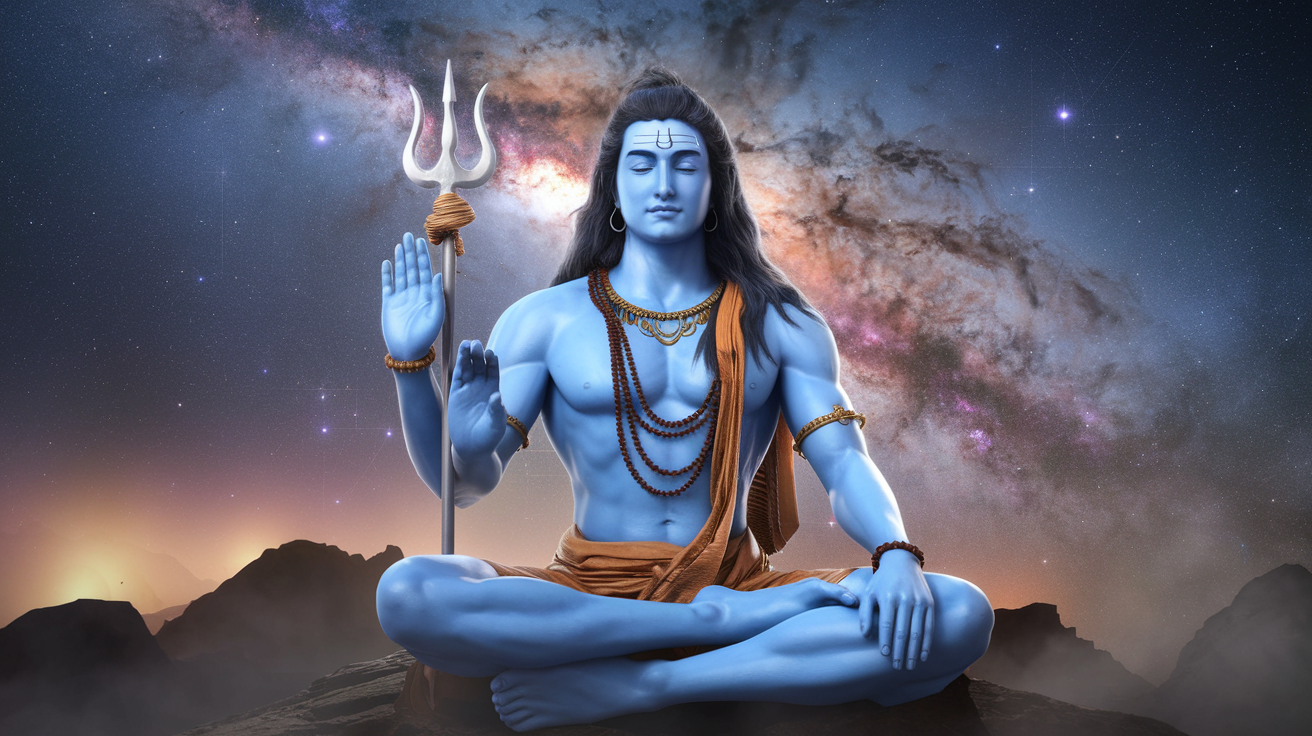
Shiva’s dual nature as both destroyer and transformer offers a profound perspective on change and personal growth. While often feared for his destructive powers, Shiva’s role is ultimately one of transformation, clearing away the old to make way for the new. This reframing of destruction as a catalyst for positive change can be applied to various aspects of our lives, from personal development to societal progress.
By embracing Shiva’s transformative energy, we can approach challenges and obstacles with a fresh mindset. Rather than fearing change, we can view it as an opportunity for growth and renewal. As we navigate the complexities of modern life, let us draw inspiration from Shiva’s cosmic dance, finding the courage to embrace transformation and unlock our full potential.
